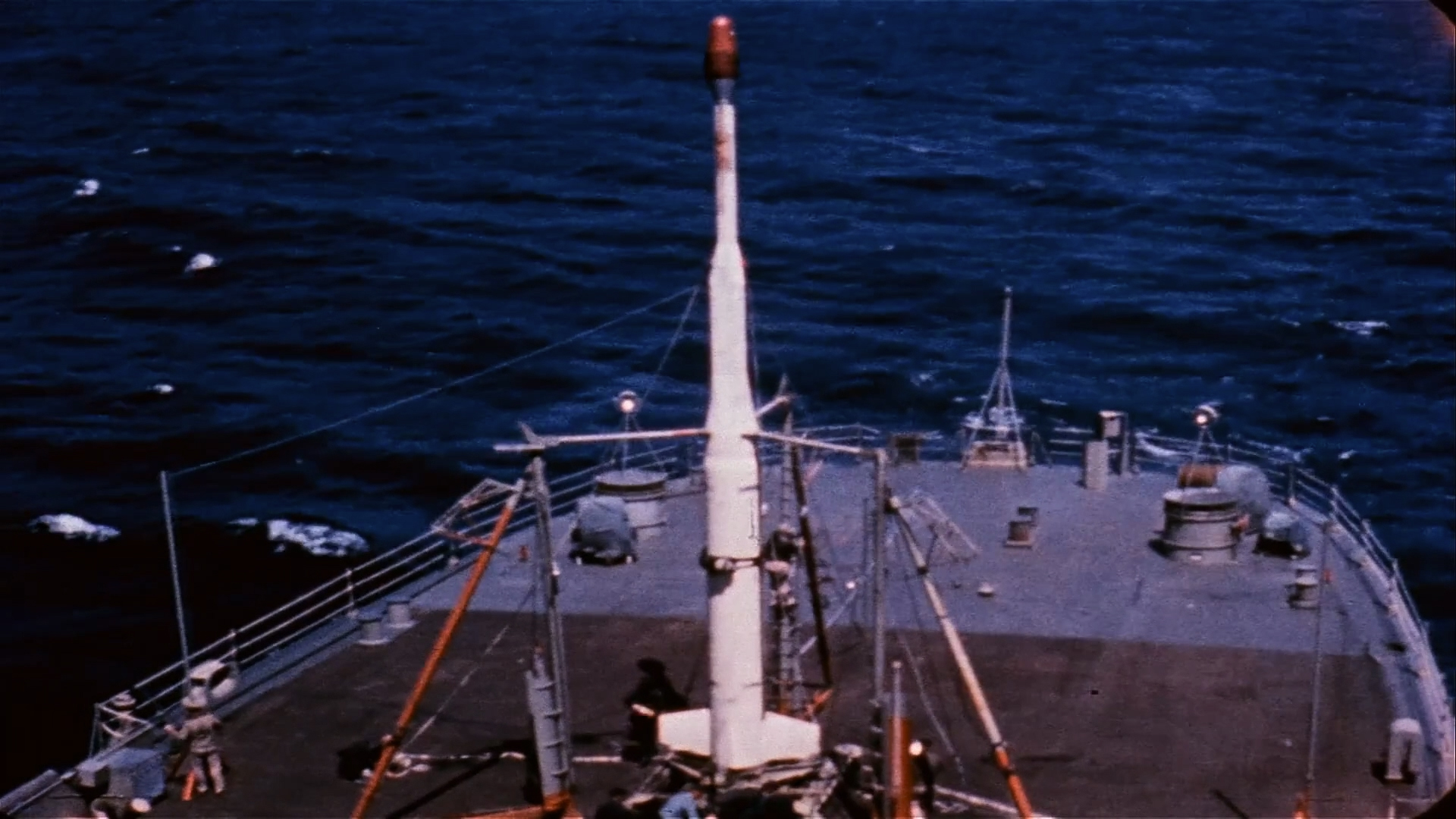

On Aug. 27, 1958, over the course of two weeks, the United States Navy fired three nuclear warheads into the atmosphere, intentionally detonating them to test a Cold War military theory. If it worked, it would let the military harness the Earth’s magnetic fields and weaponize them to disable any Soviet communications and tracking abilities. If it went wrong, it could destroy an American carrier group.
Operation Argus was a secretive, ambitious military project launched in 1958 following the Sputnik panic of 1957. The Soviets had shown they could put a satellite in orbit and, even more so, that they had the missile capability to strike around the world. The United States military needed a way to counter the perceived threat.
One nuclear scientist had an idea. Nicholas Christofilos, a nuclear physicist and former elevator repairman studying radiation at the Lawrence Livermore National Laboratory, wanted to ensure Soviet satellites and sensors could not reach the United States. The plan was to use radiation belts that followed Earth’s magnetic fields, now known as the Van Allen Belts. Detonating a nuclear weapon from one location could create a disruptive radioactive cloud at another location. Christofilos originally pitched it as a way to cover the United States in a protective barrier. But then an offensive strategy was found: Create a nuclear cloud over the Soviet Union.
“It was theorized that the radiation belt would have military implications, including degradation of radio and radar transmissions, damage or destruction of the arming and fuzing mechanisms of ICBM warheads, and endangering the crews of orbiting space vehicles that might enter the belt,” the Defense Threat Reduction Agency wrote regarding the plan.
This was a time when the military was dreaming up all kinds of futuristic weapons, ranging from nuclear air-to-air missiles and a tiny, shoulder-fired nuclear recoilless rifle, the Davy Crockett. The Army was even brainstorming combat on the Moon. Christofilos’s idea was not entirely far-fetched compared to others at the time. And so, Christofilos and the military planned what he called “the most fantastic experiment conducted by man,” according to Mark Wolverton’s book “Burning the Sky.”
Taking Christofilos’s theory, the Navy sent Task Force 88 to the South Atlantic Ocean. Nine ships, roughly 4,500 sailors and three modified missiles made up the task force. An aircraft carrier, the USS Tarawa, was the lead ship, backed by destroyers, cruisers and support ships. It was a secret mission, nominally under the guise of testing a new missile. To maintain cover, most of the crew was not informed of the nuclear nature of the operation, nor were they issued radiation-detecting film badges. Only the launch crews and the commanders, plus some experts, had any idea what they’d be firing into the sky. And they had a deadline. An American-Soviet nuclear test moratorium would go into effect in November. They had to get the tests done quickly.
Subscribe to Task & Purpose Today. Get the latest military news and culture in your inbox daily.
If the Navy allocated an impressive force for the tests, the actual munitions were not as fancy. They were modified rockets fitted with a 1.7-kiloton warhead, their fuse set to a simple timer. Each rocket needed to fire straight up — made harder by rough seas and heavy winds in the South Atlantic Ocean. The first rocket veered sharply after launch and detonated far too low. The second, launched on Aug. 30 had better altitude but still didn’t reach the target.
It was the third test on Sept. 6 where the Task Force got the most results. It took a second to go right though. At first, the rocket failed to take off. According to “Burning the Sky” crews on the USS Norton Sound had to go inspect it — with the real risk that the nuclear warhead might go off. But, eventually, it was safely launched, detonating at the desired altitude and creating a massive display of light.
And it worked. Christofilos was right. Sort of. The nuclear radiation from the rockets did have a noticeable spread via the magnetic fields, but nowhere close to the expectation. Now known as the Christofilos Effect, the impact was nowhere near enough to create the protective or offensive barrier its namesake, and the U.S. military envisioned.
Operation Argus, while technically a success, was not followed up on. Christofilos went on to work on other projects and died in 1972 from a heart attack. The United States pursued other nuclear weapon strategies. Neither the United States nor the Soviet Union was covered in a disruptive nuclear cloud.
The latest on Task & Purpose
- Suspended 4-star general denies he pressured panels to promote officer
- Navy must consider moving EA-18Gs from Whidbey Island to El Centro after noise lawsuit
- Air Force vet who fled to Russian military says his call sign is ‘Boston’
- 10th Mountain soldiers summit 46 highest Adirondacks peaks in one day
- Anglers, Squids, POGs and ‘AAA-0’ —Military nicknames we love
